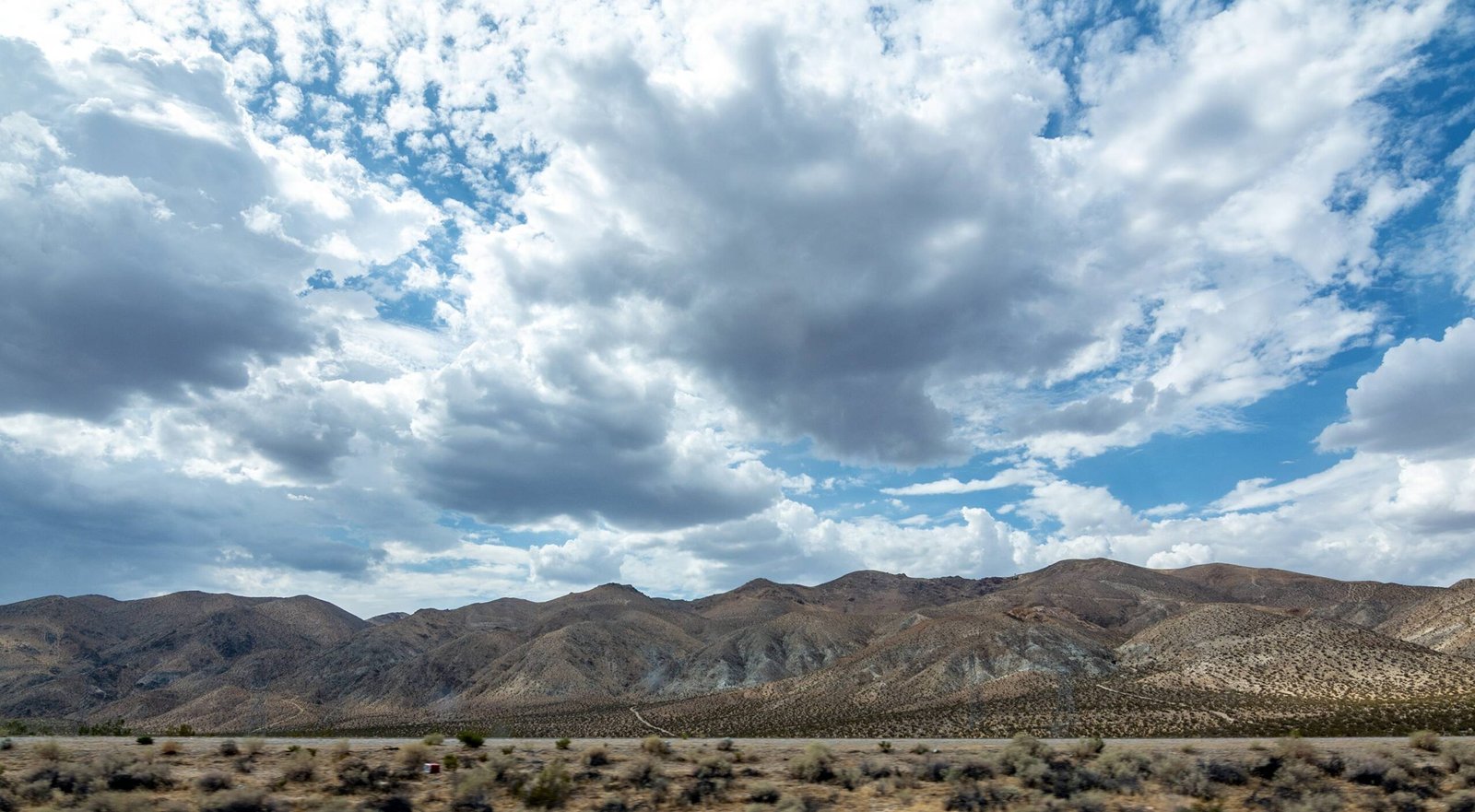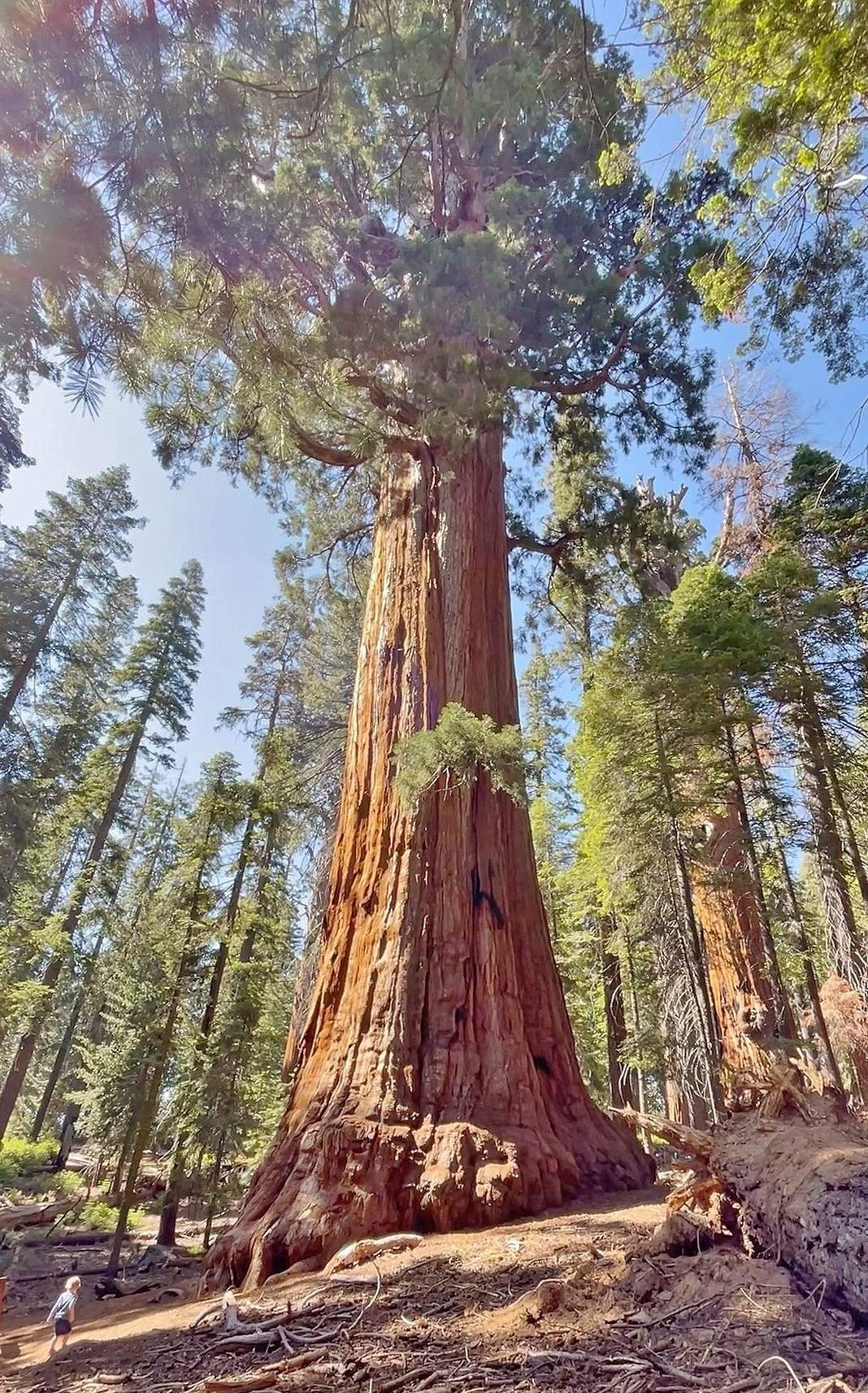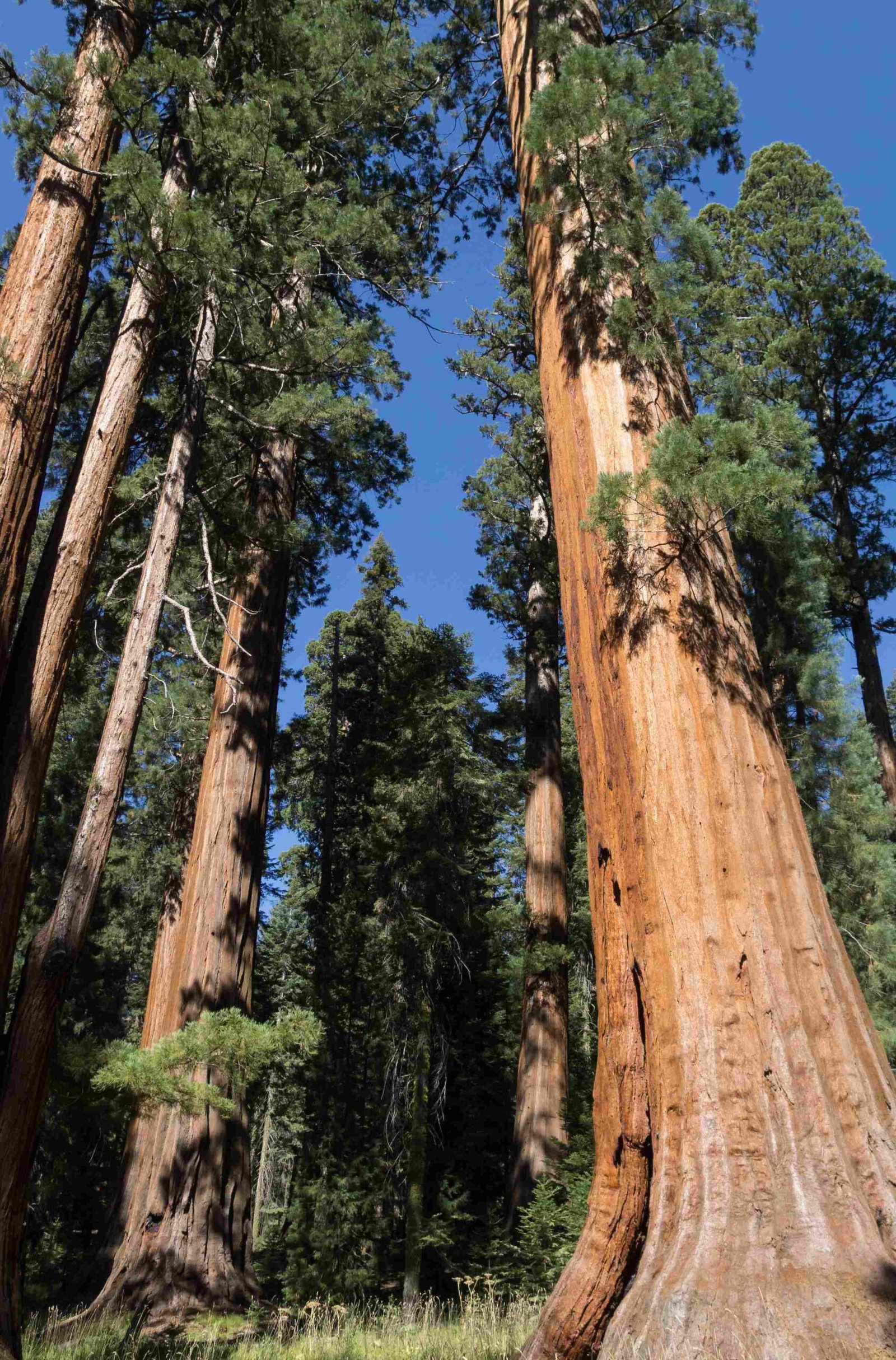Sequoia National Park experiences diverse temperature ranges throughout the year, with average highs ranging from 38°F in December to 76°F in July and August. The park’s climate is characterized by cold winters and mild summers, with significant variations between day and night temperatures. This guide provides detailed information on average temperatures, seasonal changes, and weather patterns in Sequoia National Park.
What Are the Monthly Average Temperatures in Sequoia National Park?

Sequoia National Park’s temperature varies significantly throughout the year. Here’s a breakdown of the average high and low temperatures for each month:
| Month | Average High (°F) | Average Low (°F) |
|---|---|---|
| January | 39 | 16 |
| February | 41 | 17 |
| March | 45 | 22 |
| April | 50 | 26 |
| May | 59 | 33 |
| June | 68 | 39 |
| July | 76 | 45 |
| August | 76 | 44 |
| September | 69 | 38 |
| October | 58 | 31 |
| November | 46 | 23 |
| December | 38 | 17 |
These temperatures provide a general idea of what to expect, but it’s important to note that actual temperatures can vary based on factors such as elevation and specific location within the park.
How Do Seasonal Changes Affect Temperatures in Sequoia National Park?

Sequoia National Park experiences distinct seasonal changes that significantly impact its temperature patterns:
Summer (Memorial Day to Labor Day)
- Generally sunny and dry
- Occasional thundershowers and lightning storms
- Daytime temperatures: Mid to upper 70s°F
- Nighttime temperatures: Upper 30s to lower 40s°F
Summer is the most popular time to visit the park, offering comfortable temperatures for outdoor activities. However, visitors should be prepared for cooler evenings and potential afternoon thunderstorms.
Fall (September to October)
- Crisp days with unpredictable weather
- Potential for early snowstorms as winter approaches
- Daytime highs: 40s to 60s°F
- Nighttime temperatures: Around 30°F in September, dropping to 10-22°F in October and November
Fall brings beautiful foliage and cooler temperatures, making it an excellent time for hiking. However, visitors should be prepared for rapidly changing weather conditions.
Winter (November to Mid-April)
- Bitterly cold temperatures
- Daytime temperatures: Near 0°F
- Nighttime temperatures: Often subzero
- Occasional warm Chinook winds can temporarily raise temperatures into the 40s°F
Winter in Sequoia National Park is harsh, with heavy snowfall and extremely cold temperatures. It’s a beautiful time to visit for winter sports enthusiasts, but proper preparation is crucial.
Spring (Mid-April to Mid-May)
- Cloudy and rainy conditions
- Lingering cold and snow, often into May
- Daytime temperatures: 40s to 70s°F
- Nighttime temperatures: 20s and 30s°F
Spring is a transitional period in the park, with improving weather but still unpredictable conditions. Visitors should be prepared for a mix of winter and spring-like weather.
What Are the Key Climate Trends in Sequoia National Park?
Sequoia National Park’s climate is characterized by several notable trends:
-
High Precipitation Levels: The park receives approximately 45.44 inches of rain and 219 inches of snow annually.
-
Wide Temperature Range: There’s a significant difference between daytime and nighttime temperatures throughout the year.
-
Taiga Biome: Sequoia National Park is one of the few places in California classified as a Taiga or coniferous forest biome.
-
Extended Snow Season: Snow can fall as early as October and as late as May, affecting park accessibility and activities.
-
Elevation-Based Temperature Variations: Temperatures can vary significantly based on elevation within the park.
How Does the Weather Affect Visitor Activities in Sequoia National Park?
The weather in Sequoia National Park plays a crucial role in determining visitor activities and experiences:
Summer Activities
- Ideal for hiking, camping, and exploring trails
- Visitors should dress in layers and be prepared for sun and cooler evenings
- Popular activities include stargazing, wildlife viewing, and scenic drives
Fall Activities
- Perfect for enjoying colorful foliage and crisp weather
- Hiking remains popular, but visitors should be prepared for unpredictable weather
- Wildlife viewing opportunities as animals prepare for winter
Winter Activities
- Snowshoeing and cross-country skiing become popular
- Admiring snow-covered sequoias is a unique winter experience
- Chains are often required for vehicles due to snowy conditions
Spring Activities
- Hiking and exploring as weather improves
- Wildflower viewing as snow melts
- Be prepared for lingering cold and potential snow, especially in early spring
What Should Visitors Know About Accessibility and Transportation in Sequoia National Park?
Accessibility and transportation in Sequoia National Park are significantly affected by weather conditions:
-
Winter Road Closures: Higher elevation roads, like Highway 198, can be blocked by snow in winter.
-
Mandatory Chains: During winter months, chains are often required for vehicles.
-
Spring and Fall Closures: Some roads may still be closed due to snow or maintenance in spring and fall.
-
Limited Public Transportation: The park has limited public transportation options, so personal vehicles or shuttle services are recommended.
-
Weather Updates: Visitors should check park updates and weather forecasts before and during their visit.
-
Elevation Considerations: Remember that temperatures and conditions can vary greatly based on elevation within the park.
By understanding the average temperatures and weather patterns in Sequoia National Park, visitors can better plan their trips and prepare for the conditions they’re likely to encounter. Whether you’re planning a summer hike among the giant sequoias or a winter snowshoeing adventure, being aware of the park’s climate trends will help ensure a safe and enjoyable visit.

